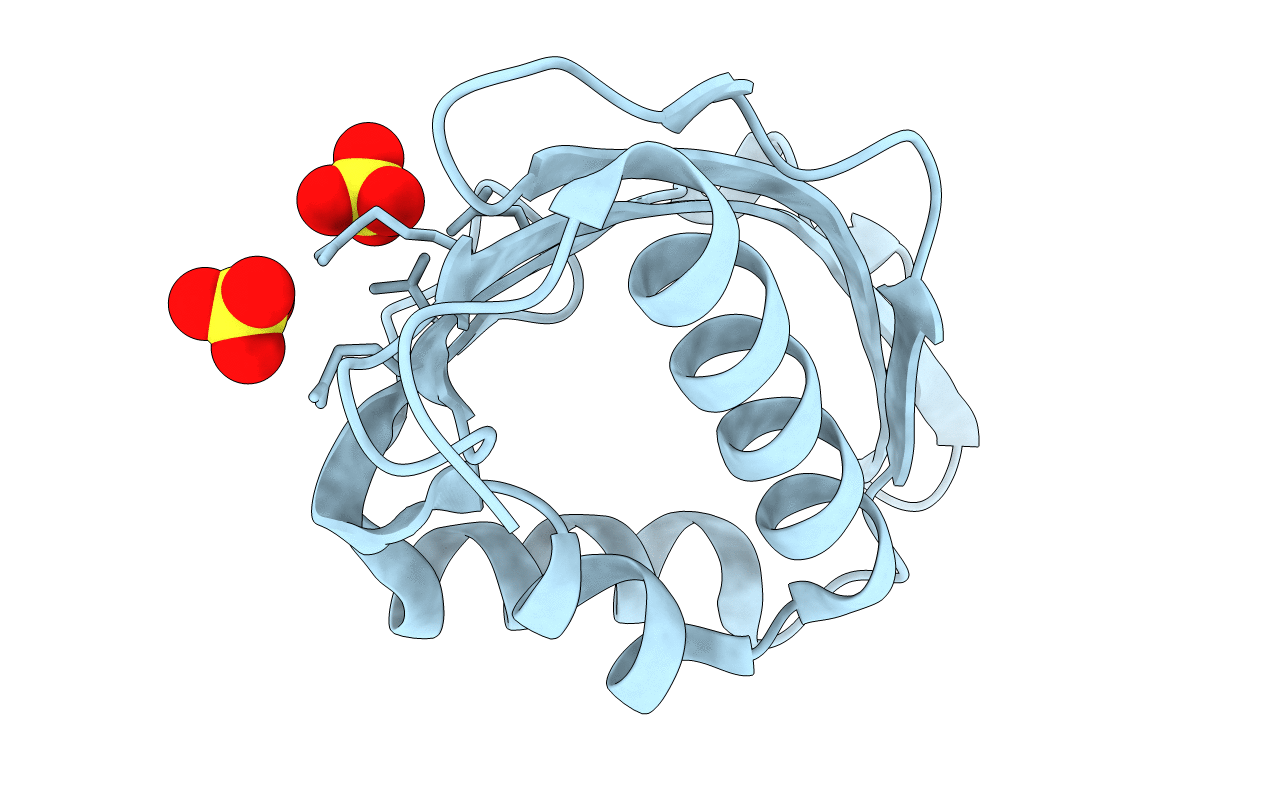
Deposition Date
2015-08-15
Release Date
2015-12-02
Last Version Date
2025-04-02
Entry Detail
PDB ID:
5D81
Keywords:
Title:
Crystal Structure of Ketosteroid Isomerase from Pseudomonas putida (pKSI); D40N, Y57(Cl-Y)
Biological Source:
Source Organism:
Pseudomonas putida (Taxon ID: 303)
Host Organism:
Method Details:
Experimental Method:
Resolution:
1.39 Å
R-Value Free:
0.22
R-Value Work:
0.18
R-Value Observed:
0.18
Space Group:
C 2 2 21


